Italy, along with France, is famous for its cheese, but only one among them is called the King of Cheese. We're talking about Parmigiano Reggiano. It is without a doubt the most famous and used Italian cheese. It takes its name from the areas where it is traditionally produced - Parma and Reggio Emilia.
History of Parmigiano Reggiano Cheese
This cheese has been produced for over 700 years, with its prototype dating back to the Roman Empire. However, the foundations of Parmigiano Reggiano are believed to have been laid in the Middle Ages by Benedictine monks who began looking for ways to create a lasting cheese. For the milk from the cows they raised, they took salt from the Salsomaggiore salt mines. This is how the famous wheels appear - wheels of the long-lasting Parmigiano Reggiano cheese.
The first written evidence of the sale of Parmigiano dates back to the year 1254 from Genoa, where a cheese that came from Parma is mentioned. In the following century, the fame of the cheese had already flooded the Mediterranean region.
Further on, it becomes clear that in the 15th-17th centuries the size of the cheese wheel increased to 18 kg, milk was produced in cowsheds and cheese was made in dairies. This means that the production of the long lasting cheese is now a business strategy and its export is increasing. It reaches Germany, Flanders, Spain, France.
In 1612, the Duke of Parma, Ranuccio Farnese, issued an act defining the official name of Parma cheese, which we still call Parmigiano Reggiano today. It continues to be produced as it was in those ancient times - without any additives and by fermentation. Because of its incredible success, this cheese is one of the most counterfeited. What the original looks like, how it is produced and how to recognize it is a question that concerns connoisseurs of authentic taste.
Description and Nutritional Composition of Parmigiano Reggiano Cheese
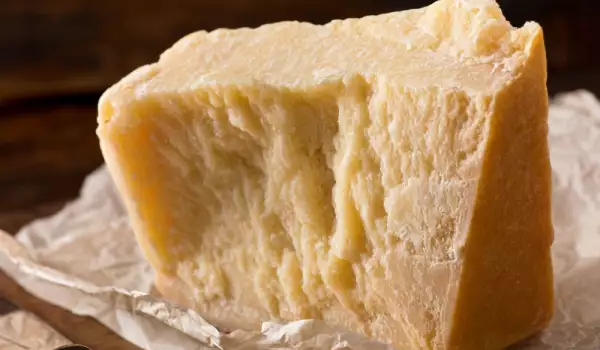
Parmigiano Reggiano is a hard and dry cheese with a pale golden crust. Its core is straw-yellow in color with a crumbly consistency and its flavor is rich and sharp. It is simultaneously spicy, salty, slightly fruity, caramel and nutty - a real mix of taste sensations. It is extremely low-fat, because partially skimmed, unpasteurized milk is used for its production. It is made in large and round wheels that ripen for at least 1 year before being sold in stores.
100 g of this product contains:
- 402 kilocalories;
- 30 g of fat, of which 20 g are saturated;
- 32 g of proteins;
- 1.6 g of salt
It doesn't contain any carbohydrates.
Production of Parmigiano Reggiano
Parmigiano Reggiano is made from completely natural products, and apart from milk, whey and salt, there are no other ingredients in it. It is left for about 2 years to age and the process is slow and follows a number of steps.
- The cow's milk must be absolutely fresh, from the day. It is mixed in large copper cauldrons, along with milk left over from the previous day, which has already been skimmed;
- Rennet is added to the milk to start the fermentation process;
- The milk is heated to 32°C, so that a cottage cheese can be obtained. The cottage cheese is cut into small pieces and the whey is strained;
- The strained cottage cheese is heated again, this time to 55°C and then cooled rapidly. It is spread in a mold and pressed hard, so that all the remaining whey comes out and the cheese hardens;
- A few days later, the cheese is removed from the mold and washed with brine for several weeks regularly. This is how its specific crust is formed. The cheese wheel is then left to mature on wooden shelves for at least a year, by being brushed and turned from time to time.
How to Recognize the Original Parmigiano Reggiano
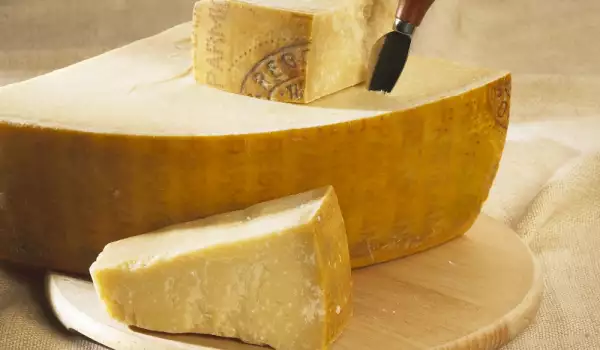
Both the name and the quality of the original cheese are protected by law in Italy. Each cheese with this brand is under strict control and meets the following requirements:
- To be produced in Italy, only in the provinces of Parma, Reggio Emilia or Modena and in certain areas of Bologna and Mantua;
- To be produced from unpasteurized cow's milk;
- Its production should only be dated between April 15th and November 11th; This ensures that the milk is from cows, which have only been fed fresh grass, not silage;
- The cheese wheel should weigh from 30 to 40 kg;
- The cheese is left to mature for at least 14 months.
Types of Parmigiano Reggiano
The length of the maturation process of the cheese can be checked on the cheese label. The longer it matures, the richer and more complex the taste of Parmigiano Reggiano is.
- Young cheese matures for 1 year (Giovane);
- Old matures for 2 years (Vecchio);
- The very old matures for 3 years (Stravecchio);
- The super old matures for 4 years (Stravecchione).
There is also the name Grana, it is a hard Italian cheese, an imitation of Parmigiano. Grana Padano is the most commonly available, which matures for 6 months and is cheaper than the original cheese.
How to Choose Parmigiano Reggiano Cheese and How to Preserve it
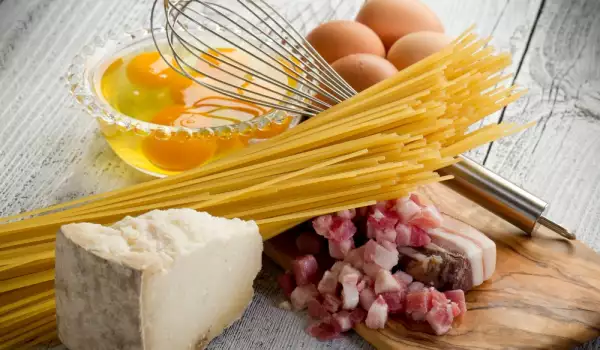
The tastiest is that piece of cheese that has just been cut from the cheese wheel. That's why it's better is to buy a whole cheese wheel, not a piece that has been cut off and wrapped in cellophane. Buying small pieces is fine if they will be consumed within a few days.
For short term storage it is best to be in a plastic bag. It will stay fresh in a piece of cheesecloth or cotton cloth for several weeks. In the refrigerator, it belongs with vegetables.
Culinary Use of Parmigiano Reggiano Cheese
Because of its mild taste, this cheese is a suitable appetizer for wine. This remarkable cheese goes well with all kinds of wines - dessert, sparkling, red and white wines, but the classic is with the Italian Pinot Gris. It can be served both on its own and with a spoonful of honey, dried or fresh fruit, dried meat.
Parmigiano Reggiano is a perfect addition to salads, which adds a gorgeous flavor without loading them with calories. It makes a good tandem with vegetables like Brussels sprouts, which adds a tantalizing flavor.
Grated Parmesan on pasta dishes is a classic and adding it to soup, pasta, risotto will add a new twist to many classic recipes. Some of the most famous among them are Beef Carpaccio, as well as an ingredient in salads, on Bresaola. The combination of Parmegiano Reggiano with balsamic vinegar from Modena is very popular, it is also served with fruit and nuts - pears, grapes, walnuts or figs.
The cheese crust also comes into serious use. It can be added to soup or roasted and offered as a snack.
Since this cheese is not budget, for taste lovers there is an alternative - Grana Padano, Gran Moravia, which is a Czech variant, Reggianito, which is the Argentinian alternative for this type of cheese. These cheeses have a similar texture and taste.
Difference Between Parmesan and Parmigiano Reggiano
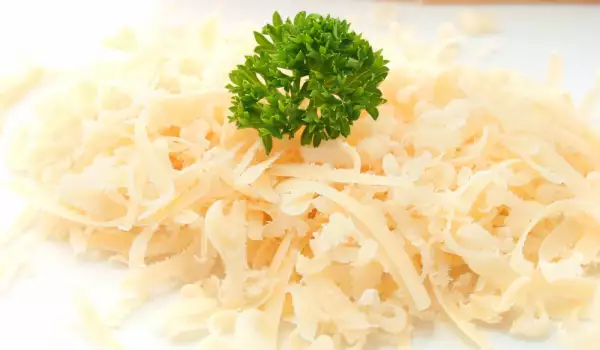
According to EU regulation Parmigiano Reggiano and Parmesan sold everywhere are the same cheese. In fact, the name Parmesan can go by any similar dry, hard cheese and they come under different names. In Italy, parmesan is called Grana cheese and it is mainly used for grating on various dishes. Unlike the original Parmigiano Reggiano, which is valued as a sophisticated and expensive delicacy in the company of selected drinks and dishes such as:
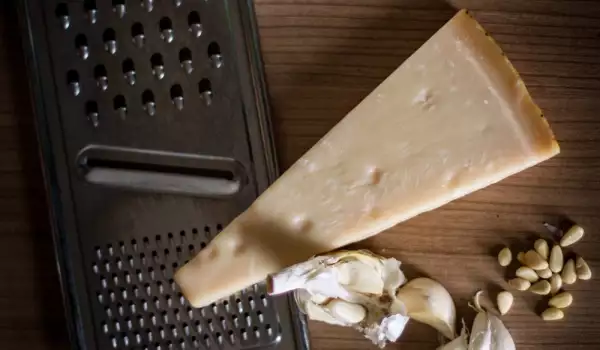

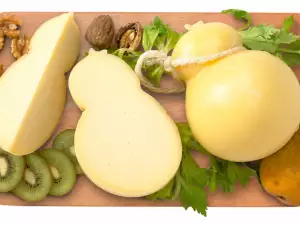

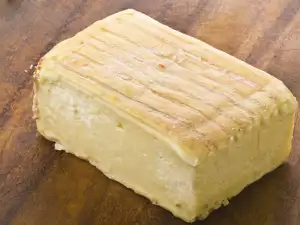



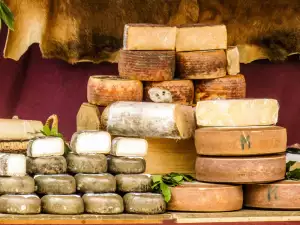








Comments